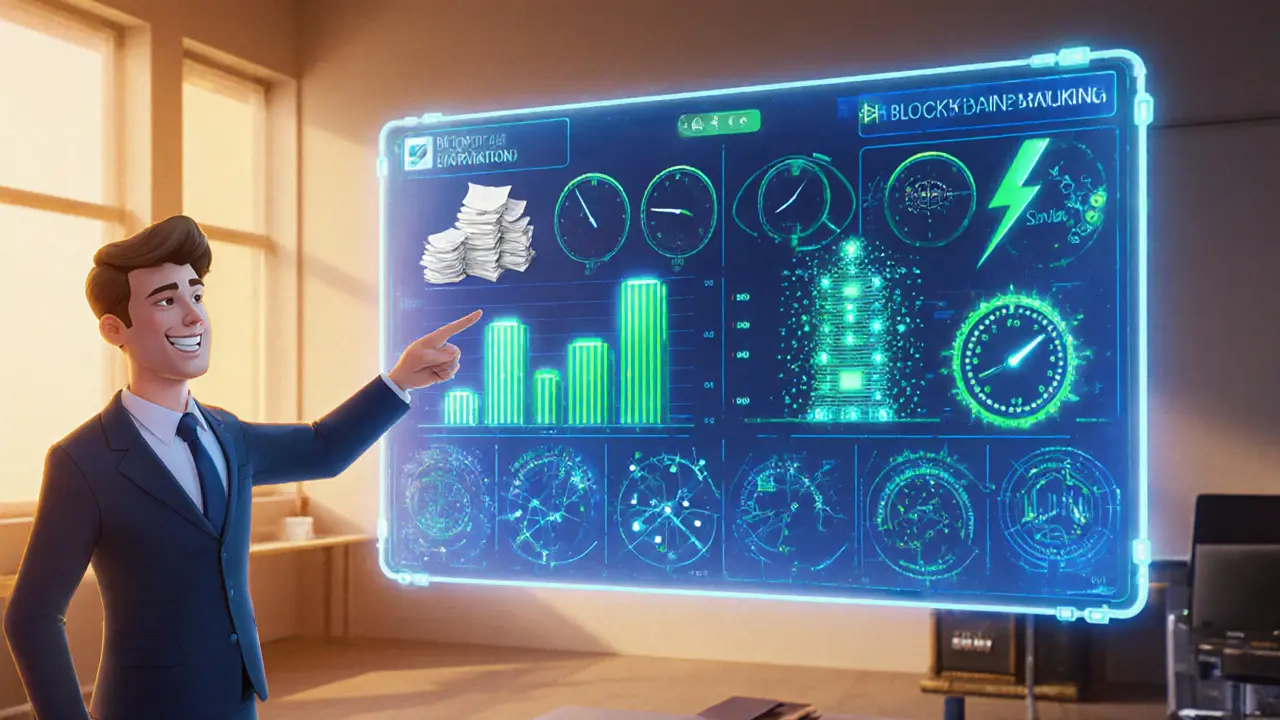When working with asset tokenization, the process of converting real‑world assets into digital tokens on a blockchain. Also known as digital asset tokenization, it lets owners slice up property, art, or other valuables into tradable pieces.
Asset tokenization encompasses fractional ownership, the ability for multiple investors to hold a share of a single asset. This model opens doors for people who can’t afford whole properties but want exposure to real‑estate or collectibles. It requires smart contracts, self‑executing code that enforces the rules of token transfer and dividend distribution to guarantee trustless, automated settlement. At the same time, blockchain, a decentralized ledger that records every token transaction immutably provides the security backbone making token trades transparent and tamper‑proof.
Because blockchain enables asset tokenization, liquidity jumps – tokens can be bought or sold 24/7 on secondary markets, unlike traditional property deals that take weeks. Token vesting, another important tool, protects token value by spacing out supply releases, aligning issuer incentives with investors. Together, these pieces create a robust ecosystem where investors get lower entry barriers, faster settlements, and clearer ownership records.
In practice, you’ll see tokenized real‑estate projects, art pieces broken into thousands of shares, and even tokenized revenue streams from music royalties. Each example pulls the same threads: blockchain for security, smart contracts for automation, fractional ownership for accessibility, and token vesting for price stability. Below you’ll find a curated set of articles that dive deeper into each of these angles – from detailed reviews of DeFi platforms that support token issuance to step‑by‑step guides on launching your own tokenized asset. Explore the collection to see how the theory translates into real‑world opportunities.

Learn how blockchain banking services work, their key use cases like smart contracts and cross‑border payments, benefits over legacy systems, and real‑world implementations.